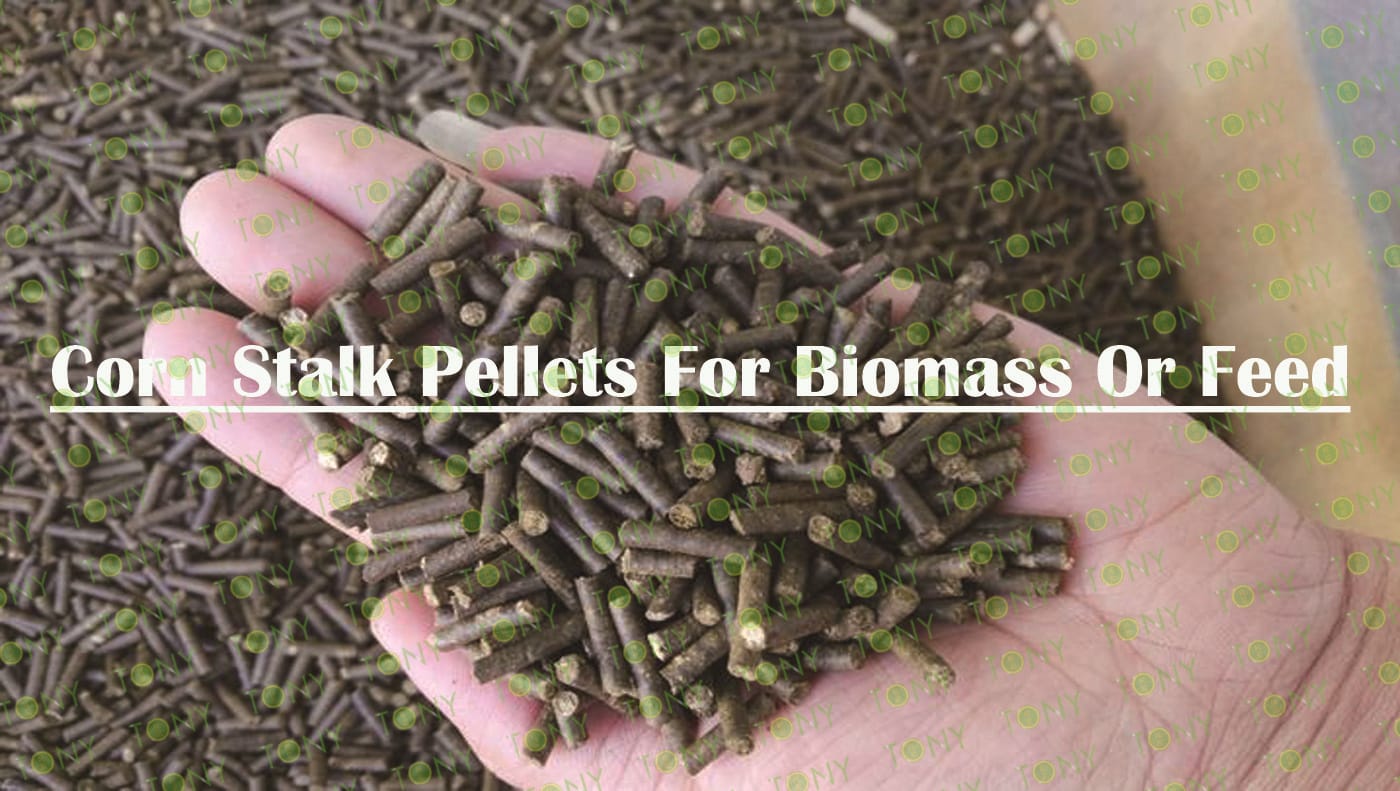Straw pellet machines, straw coal briquetting machines, and other equipment have evolved from exploratory development to advanced technology. They are widely favored by users and contribute to environmental protection, energy, and employment. Since their introduction, straw pellet machines have not only solved the problem of surplus straw in rural areas but also transformed the fate of straw, turning waste into valuable resources. So, what precautions should be taken when using a straw pellet machine to make fuel?
1. Strictly control the quality of straw purchased. Freshly harvested corn straw generally has a high moisture content and is prone to mold when piled. Therefore, farmers should separate and air-dry the straw before storing it. Therefore, we reject straw that has shown signs of mold when purchasing. Straw pellet machines have high moisture content requirements for straw, with a success rate of around 15%, so moisture control is crucial.
2. Pre-treatment of the straw. Careful straw storage is crucial. Straw should be piled upright and spaced apart to facilitate moisture evaporation. It should also be exposed to sunlight regularly to prevent mold. 3. Processing and Pressing. Before loading straw, the pellet machine should be tested to check that all parts are functioning properly. Any abnormalities should be addressed promptly to ensure proper operation and even loading. Also, please note that freshly produced pellets are relatively hot, so they should be allowed to air dry briefly before storage, packaging, and shipment.

Straw Pellet Machine Performance:
1. High Production Capacity, Low Power Consumption: The 551 straw pellet machine has an hourly production capacity of 1 ton and uses a 90-kW motor.
2. It offers advantages such as compact size, light weight, zero pollution, and low price.
3. High Material Adaptability: It can process a variety of biomass feedstocks, from powdered to 55mm in length, with a moisture content of 8-15%.
4. Electric Heating: The fully automatic electric heating device adjusts the moisture content of the material, preventing clogging and pelletizing. 5. Automatic Pressure Roller Adjustment: Utilizing the principle of bidirectional rotation of the thrust bearing, the pressure angle is automatically adjusted to prevent material clumping and clogging, ensuring stable discharge and forming.
6. Simple and Convenient Operation: Highly automated, requiring only three people, the machine can be loaded manually or automatically by conveyor.
7. Process Flow: Crushing → Fine crushing → Drying → Pelleting → Finished Product Storage.





















